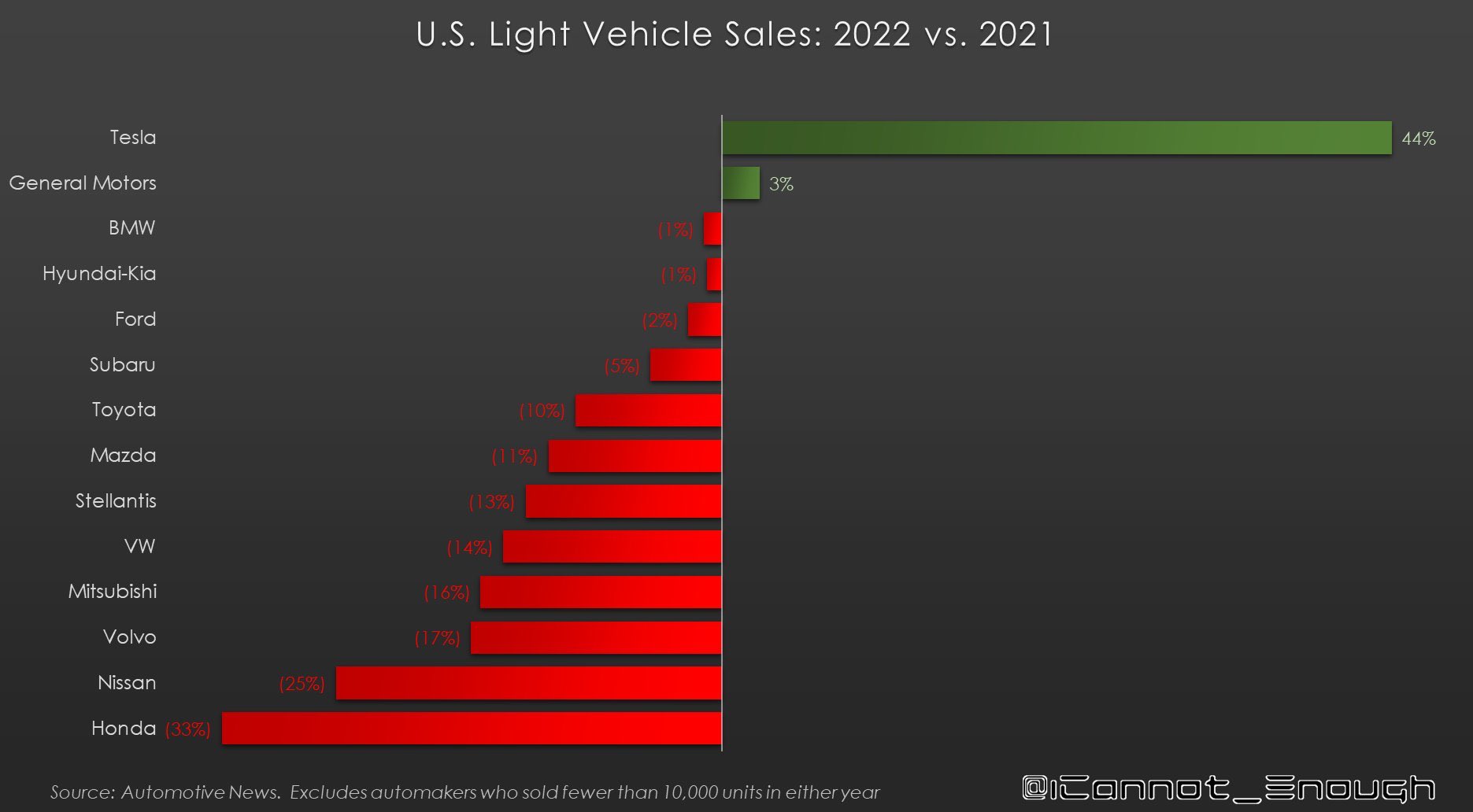What sort of functionality are you talking about? If you're talking about simple binary functions like 'if I press this button X should happen but it didn't' then yeah, I'd agree. Personally I haven't encountered any of those but then I have only had the car a month.
If you're talking about something like wipers not handling changing rain conditions correctly then I'd say you're being really optimistic about how easy testing is. Testing against complex scenarios is hard. Where wipers are concerned (and I realise you haven't said you're talking about wipers - just using it as an example) you've got different levels of rain intensity, different types of rain (heavy drops vs misty stuff) different light levels, different droplet impact patterns due to vehicle speed and wind, different ambient lighting conditions, different levels of dirt on windscreens, different coatings on windscreens (use of RainX, etc seems to correlate with an increased number of issues), different quality wiper blades, and that's just off the top of my head.
Now factor in that most of the above are not binary states and all of them can occur alone or in combination with any of the others AND the success criteria are quite subjective - the point where I want the wipers to go faster may not be the same as someone else, and testing is massive even for that one function.
Tesla does seem to recognise this - if you watch their FSD presentations half of that discusses how massive the testing task for FSD is, and how much R&D they've put in to finding new ways to test the system. Eg - gathering telemetry from real cars, using that to build 3D models of real world road systems in Unreal Engine, then fuzzing that environment to add in complex scenarios like kamikaze cyclists, exceptional weather and differing ambient foliage. It may not be perfect, but that leaves us in to the standard Tesla owner position of being forced to live with the ups and downs as they develop the platform.



